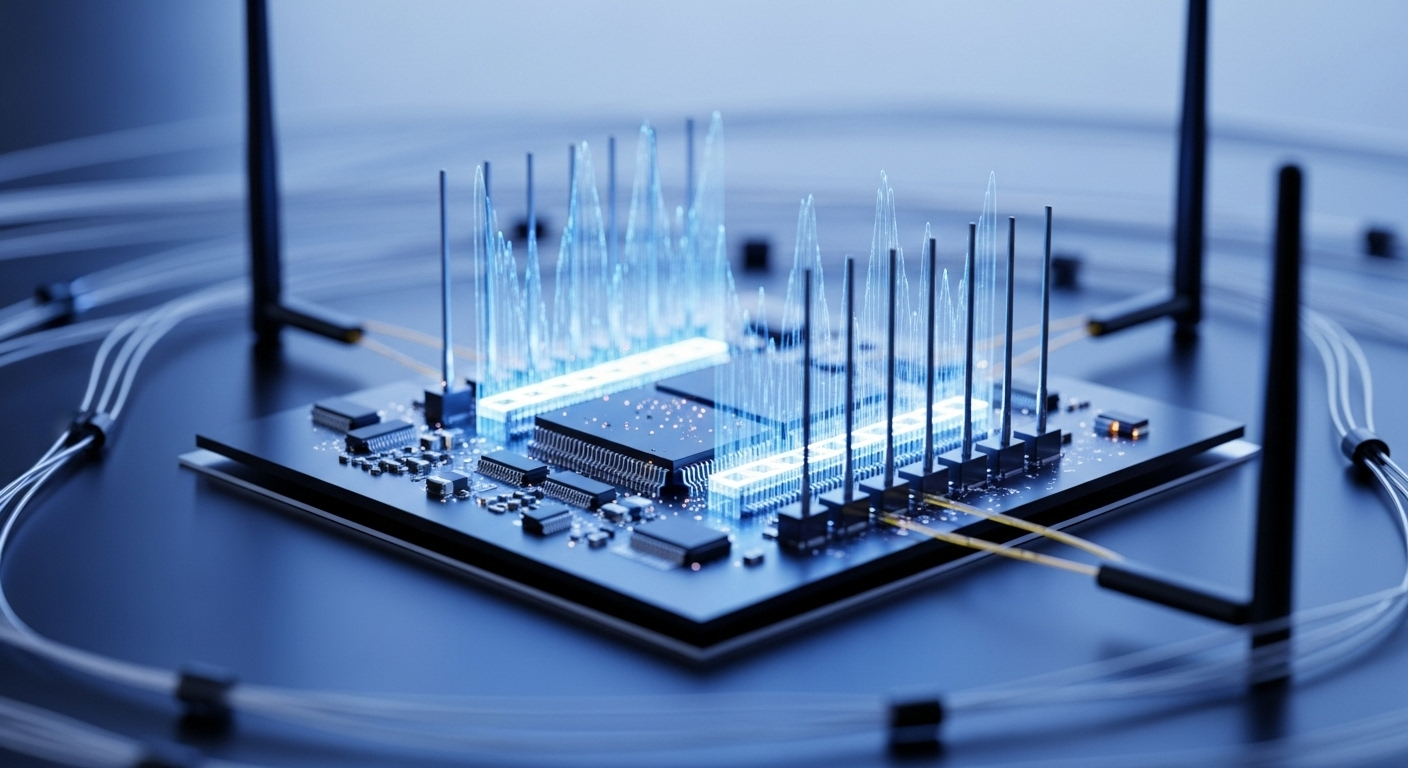"E-Ink Technology: The Powerhouse Behind Electronic Paper Displays"
E-Ink technology, the genius behind electronic paper displays, has been quietly revolutionizing the way we interact with our devices. From e-readers to digital signage, this technology offers a unique display solution that combines the best of print and digital worlds.

Origins of E-Ink
Electronic ink, also known as E-Ink, first came into existence in the late 1990s at the Massachusetts Institute of Technology’s Media Lab. The technology was a brainchild of a team led by Joseph Jacobson who sought to develop a new type of electronic display that would mimic the appearance of regular printed paper. This was a significant departure from the traditional backlit screens that were common at the time.
How E-Ink Works
The technology operates on the principle of microcapsules. Each microcapsule, nearly the width of a human hair, contains positively charged white particles and negatively charged black particles suspended in a clear fluid. When a negative or positive electric field is applied, the corresponding particles move to the top of the microcapsule, creating a white or black image. This allows E-Ink displays to reflect light just like ordinary paper, making it easier on the eyes compared to traditional backlit screens.
E-Ink in Today’s World
E-Ink technology is most commonly associated with e-readers such as Amazon’s Kindle. However, its application has extended to smartphones, smartwatches, and digital signage. The YotaPhone was one of the first smartphones to incorporate an E-Ink screen on its back, while the Pebble smartwatch used E-Ink to deliver a week-long battery life. Digital signage employing E-Ink technology can be found in retail settings, transportation hubs, and even on the sides of buses.
The Future of E-Ink
As technology continues to evolve, so does E-Ink. New developments include color E-Ink displays, flexible E-Ink displays, and even E-Ink wallpaper. The E-Ink’s low power consumption, light weight, and flexibility make it an attractive option for many future applications. As the Internet of Things continues to grow, we can expect to see E-Ink appear in more unexpected places.
Market Impact and Price
E-Ink displays are generally more expensive to produce than traditional LCD or LED screens. However, their benefits such as low power usage, readability in sunlight, and less strain on the eyes might justify the cost for certain applications. The market for E-Ink displays is expected to reach $28.87 billion by 2026, driven by increased demand for on-the-move information consumption.
In conclusion, E-Ink technology, though not as flashy as its OLED and LCD counterparts, holds a unique position in the display market. With its paper-like reading experience and low-power consumption, it’s a technological marvel worth watching.




